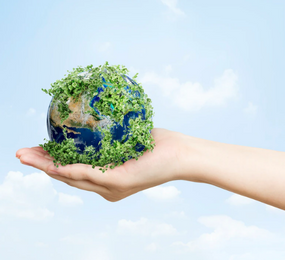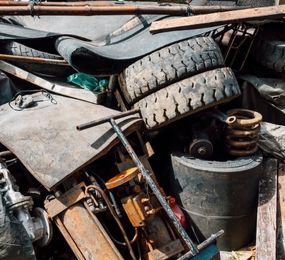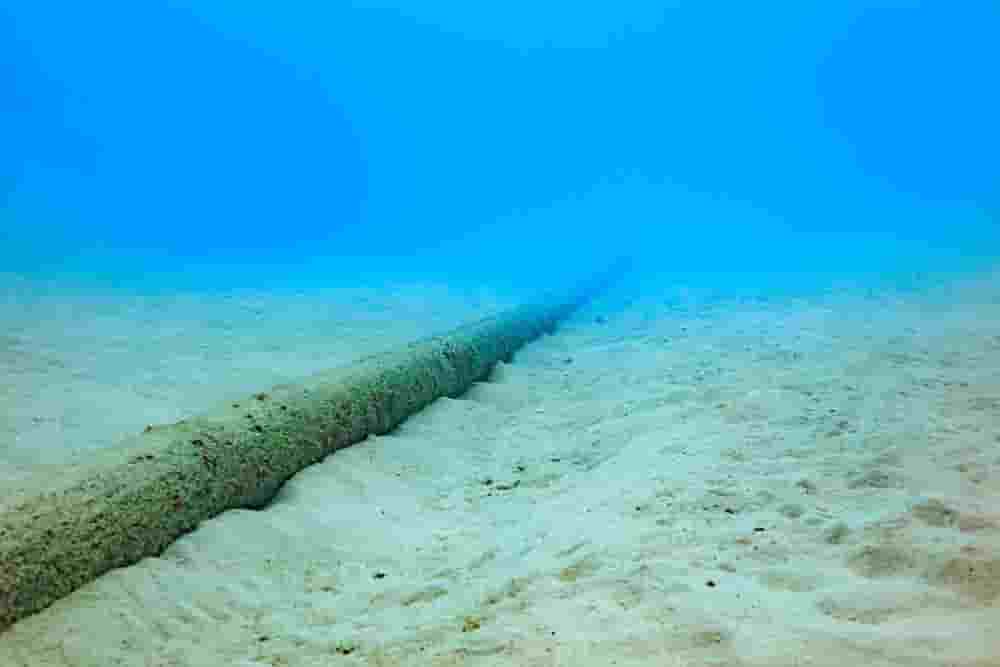Businesses are being forced to reevaluate the sometimes ruinous impact of their products, processes, and packaging as a result of a strong global spotlight on the environmental damages caused by single-use plastics.
Bioplastics, or plastics made from biological sources that are also biodegradable, are becoming a more practical technical substitute for traditional polymers. As a result of new industrial processes, it is now possible to create bioplastics from post-consumer waste, transforming ecologically harmful trash into a useful resource that may be utilised as a feedstock for these operations.
Thermoplastics made from polyhydroxyalkanoates (PHA) are biodegradable and easily compostable and are created by microbial fermentation of carbon-based feedstocks. Depending on the precise arrangements of various monomers inserted into the polymer chain, the properties of PHA polymers can be tailored to the application.
PHA's "tunable" property set is its most intriguing aspect. PHA is actually a family of linked polymers, not a single chemical structure. As a result, various polymers with various physical properties can be created depending on the production technique and the feedstocks employed. PHAs can either be homopolymers, in which case the polymer chain is constructed using only one PHA, or copolymers, in which case the chain is constructed using many PHAs. Typically, plasticizers, nucleants, and other processing aids cannot easily change the mechanical characteristics of homopolymers, which makes them quite ineffective.
PHA is the only biopolymer to be manufactured industrially through fermentation, as opposed to the chemical synthesis used to create most other biopolymers.The most recent innovations are crucial in that they allow for the utilisation of organic waste as a feedstock, lowering reliance on primary crops.
Because of their complete reliance on their chemical constituents and surrounding surroundings, bioplastics' environmental friendliness is wholly subjective. The term "bioplastics" is used to refer to a wide variety of plastics, which prevents the general public from understanding the differences between the different kinds of bioplastics. If the circumstances are favourable and the biodegradation process is correctly carried out, bioplastics may be environmentally friendly.
Our speakers will be discussing the main challenges in applying PHA bioplastics for flexible food packaging; and if bioplastics really are environmentally-friendly. Join us on 1st - 2nd March, 2023 for the World Biopolymers and Bioplastics Innovation Forum, in Berlin, Germany to find out!
To register or learn more about the Forum please check here: https://bit.ly/3TQ1k8m
For more information and group participation, contact us: [email protected]
















